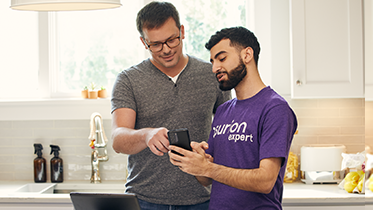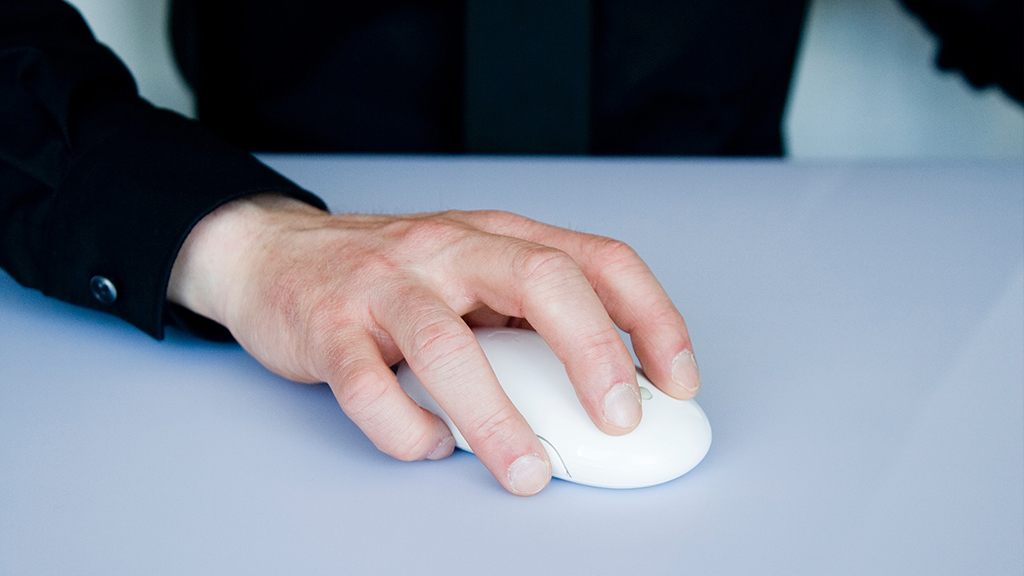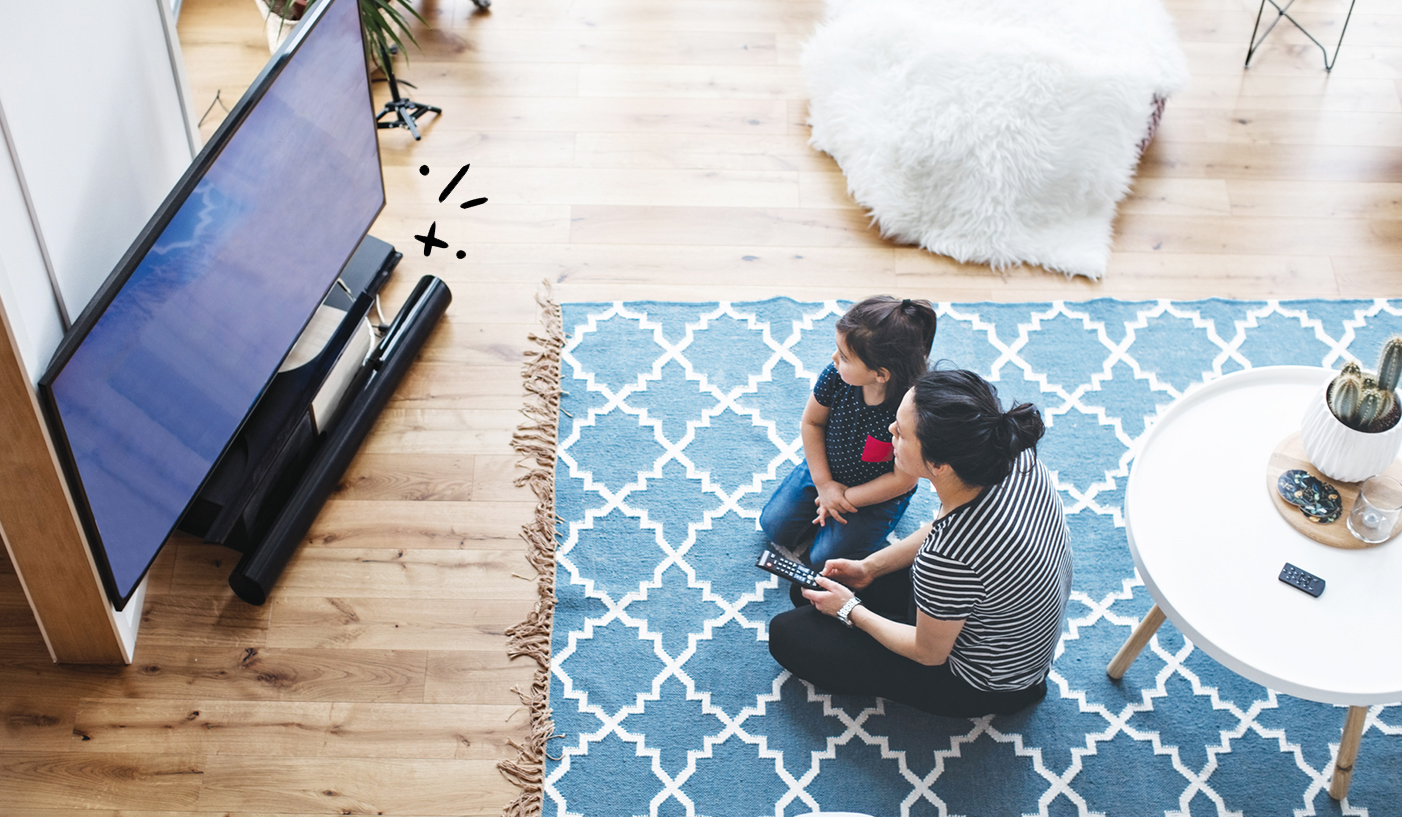Logging long hours at the computer is sometimes necessary—either because of your job or because Succession is incredibly good.
All that staring at your screen, however, can lead to headaches, blurry vision, and itchy, watery (or dry) eyes. If these symptoms sound familiar, you probably have eye strain. It's not a serious condition, but it is uncomfortable—and incredibly common. So what can you do about it? Try adjusting your computer's monitor's settings.
At Asurion, we take care of you—and your tech. Here's everything you need to know about the best monitor settings for your eyes and other ways to avoid eye strain.
Tweak your font sizes
One way to prevent eye strain is to figure out the right size for the text on your monitor. Think about the smallest size font you can comfortably read at arm's length from your monitor, then make sure that the text on your screen is three times bigger. Don't be afraid of going up to 125% or even 150% zoom—it really does help.
Adjust your screen's contrast
Contrast refers to the difference between the darkest black and brightest white on your screen. Increasing the contrast can reduce the strain on your eyes. A good rule is to keep your monitor's contrast around 60% to 70% (though only you know what feels best for your eyes).

Don’t ditch it, fix it
No matter the issue, our experts can repair your devices fast. Make an appointment or visit your local uBreakiFix® by Asurion today.
Adjust your brightness settings
You may be wondering, “What brightness should my monitor be?" To reduce eye strain, make sure the brightness matches the ambient light in your workspace. So if you're sitting in a sunny room and your monitor appears gray or dull, it's too dark—pump up the brightness. If you're working in a dimly lit space, turn down the brightness. Both will make the text easier on your eyes.
Change the color temperature to reduce blue light
You can adjust the color temperature on your monitor depending on the surrounding light. In dark rooms, use a warmer, yellowish color temperature, and in bright rooms, use a colder, bluer one.
Switch to dark mode
The default setting on your monitor is black text against a white background. Switching to dark mode replaces your white screen with a black one, so that you see white text on a dark background.
Dark mode can provide relief from eye strain, especially if you're working at night or in a dimly lit room. If you're in a bright room, however, dark mode will strain your eyes more, so stick with a white background.
Reposition your monitor
Using a monitor that's too close or too far away can contribute to eye strain. One solution is to place your screen 20 to 30 inches away, and make sure your eyes are level with the top of the monitor. If you can't adjust the height, consider getting an adjustable laptop stand (they typically range from $40 to $60). You can also prop up your computer on a stack of hardcover books—taking care not to block any fan vents on your laptop—or raise or lower your chair.
Follow the 20-20-20 rule
One of our favorite tips for learning how to reduce eye strain is to follow the 20-20-20 rule. When you're using your computer, look away from your screen every 20 minutes and focus on a fixed point 20 feet away for 20 seconds. To help you remember, set a timer.
Avoid blue light filters
Like the sun, screens emit blue light waves that can boost your mood and make you feel more awake. But excessive blue light exposure gets in the way of your body's natural rhythm, tricking it into staying awake even when it's time to sleep.
You may have heard about blue-light-blocking filters, like glasses, which supposedly reduce eye strain. Studies have shown this may not be true, so we suggest you avoid these accessories. They aren't harmful, but you could use that money elsewhere.





